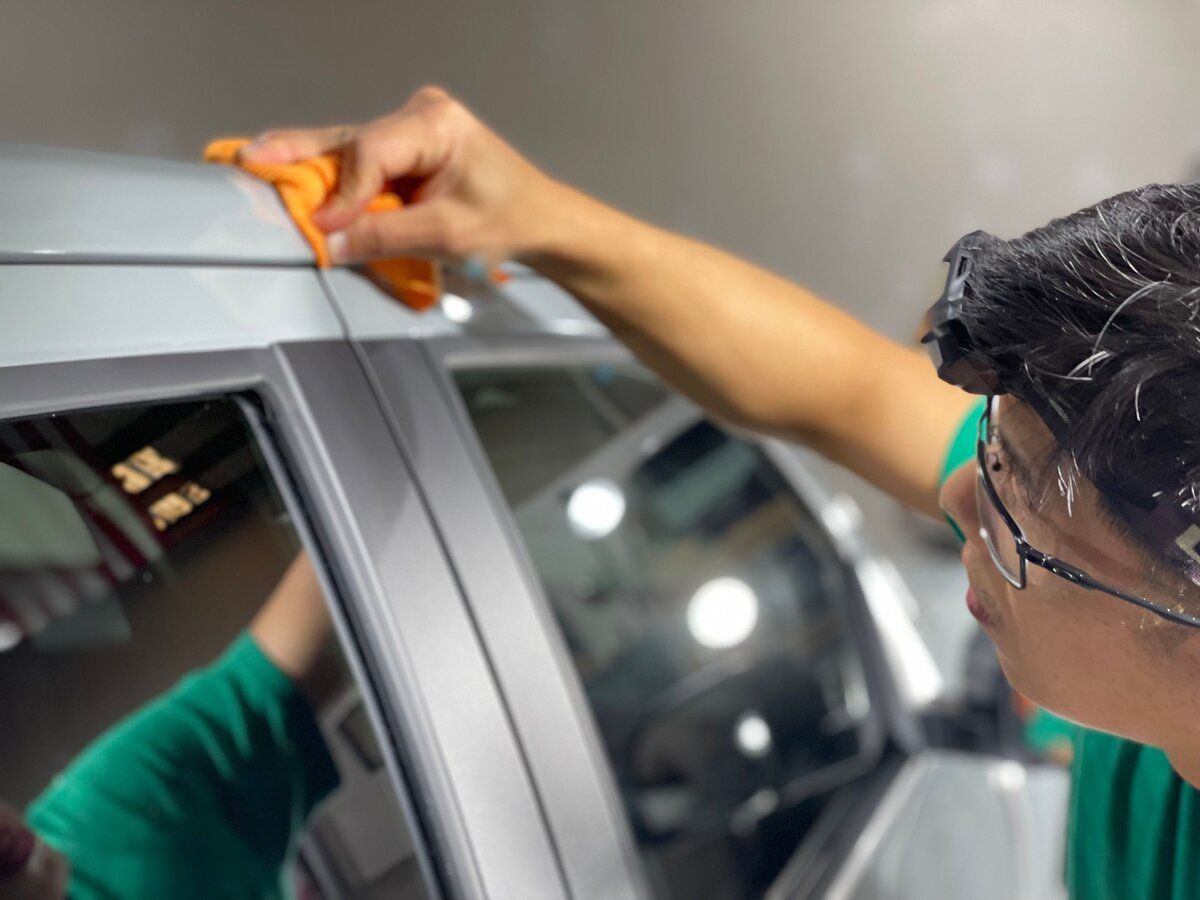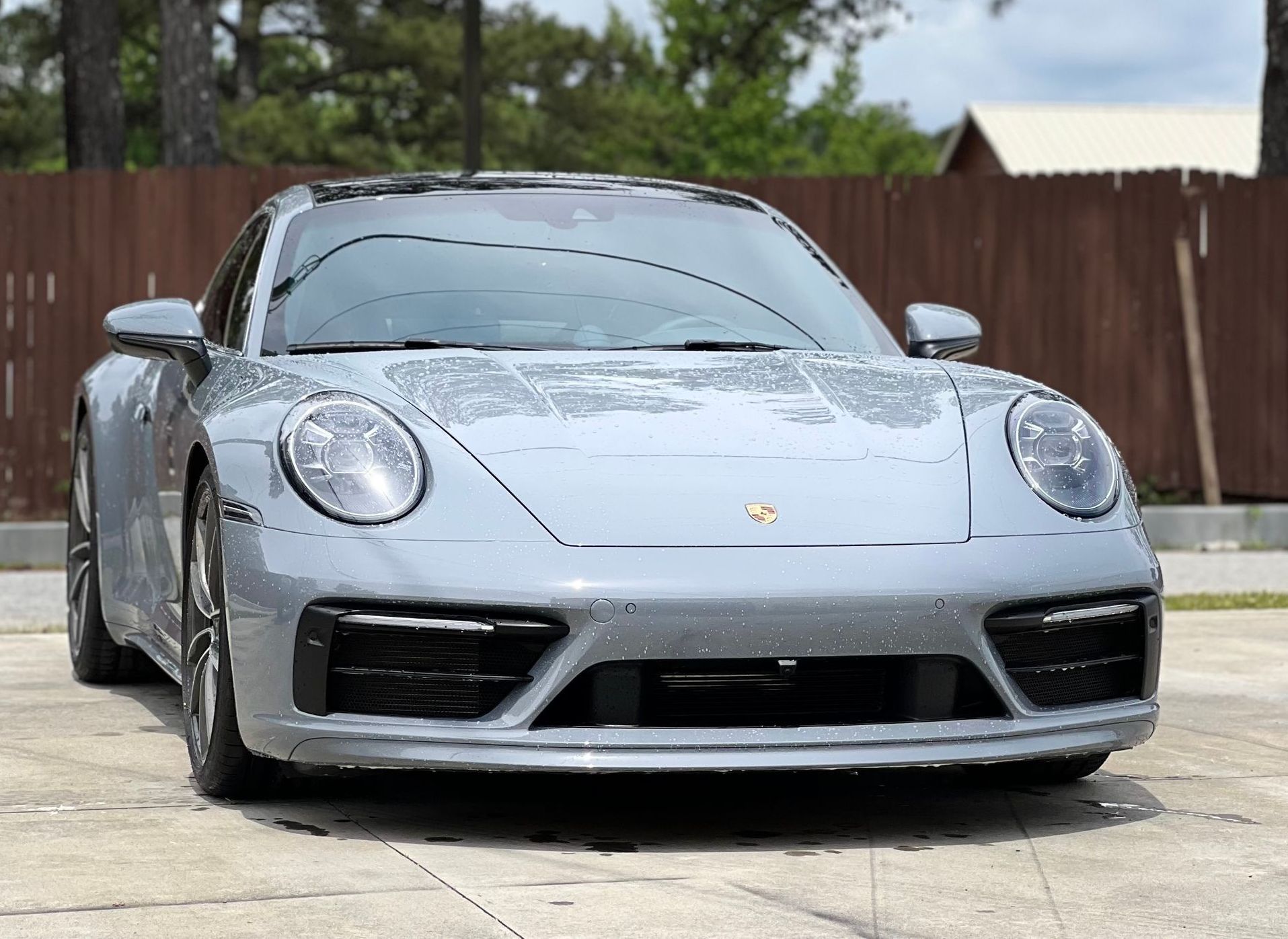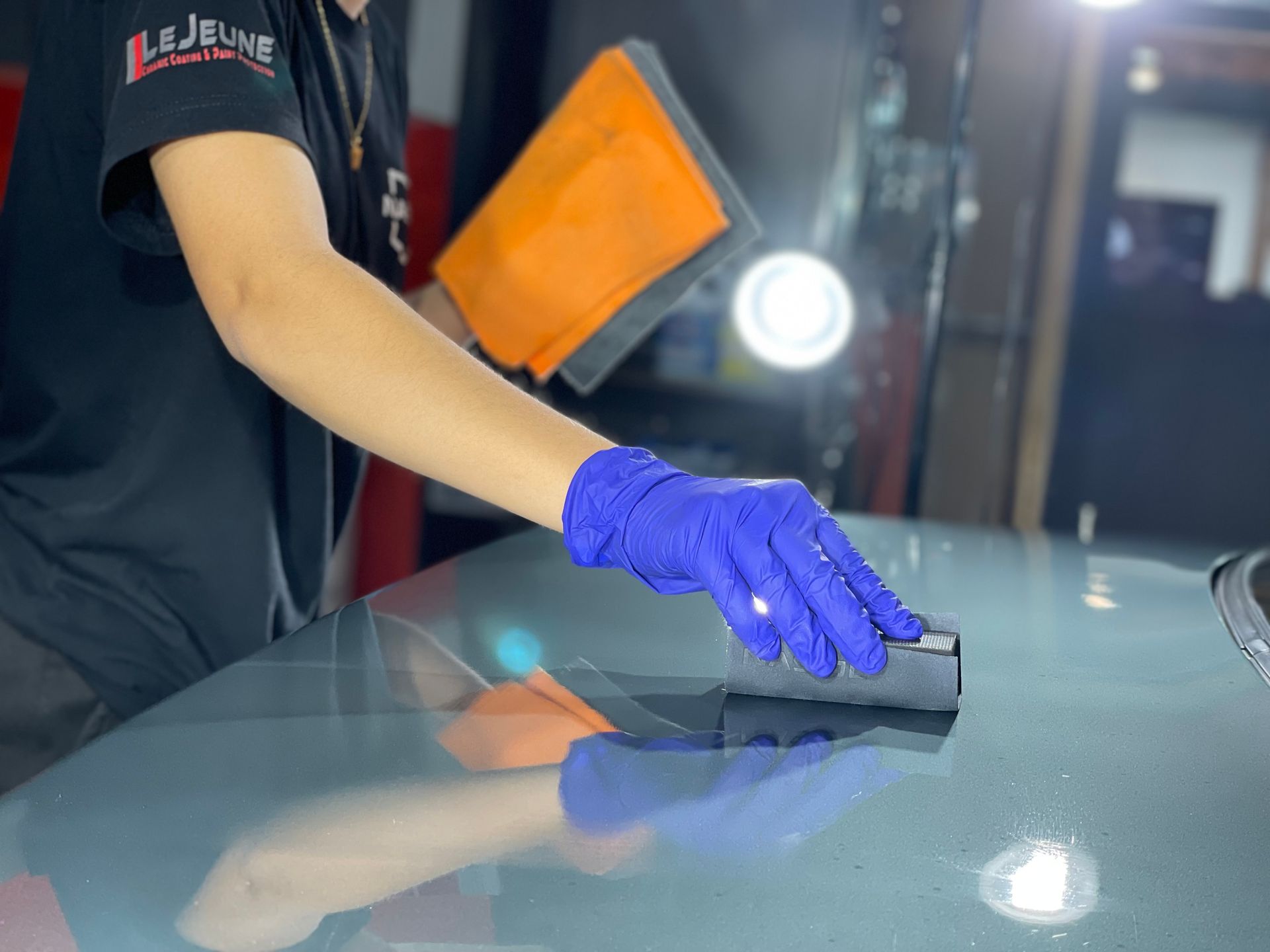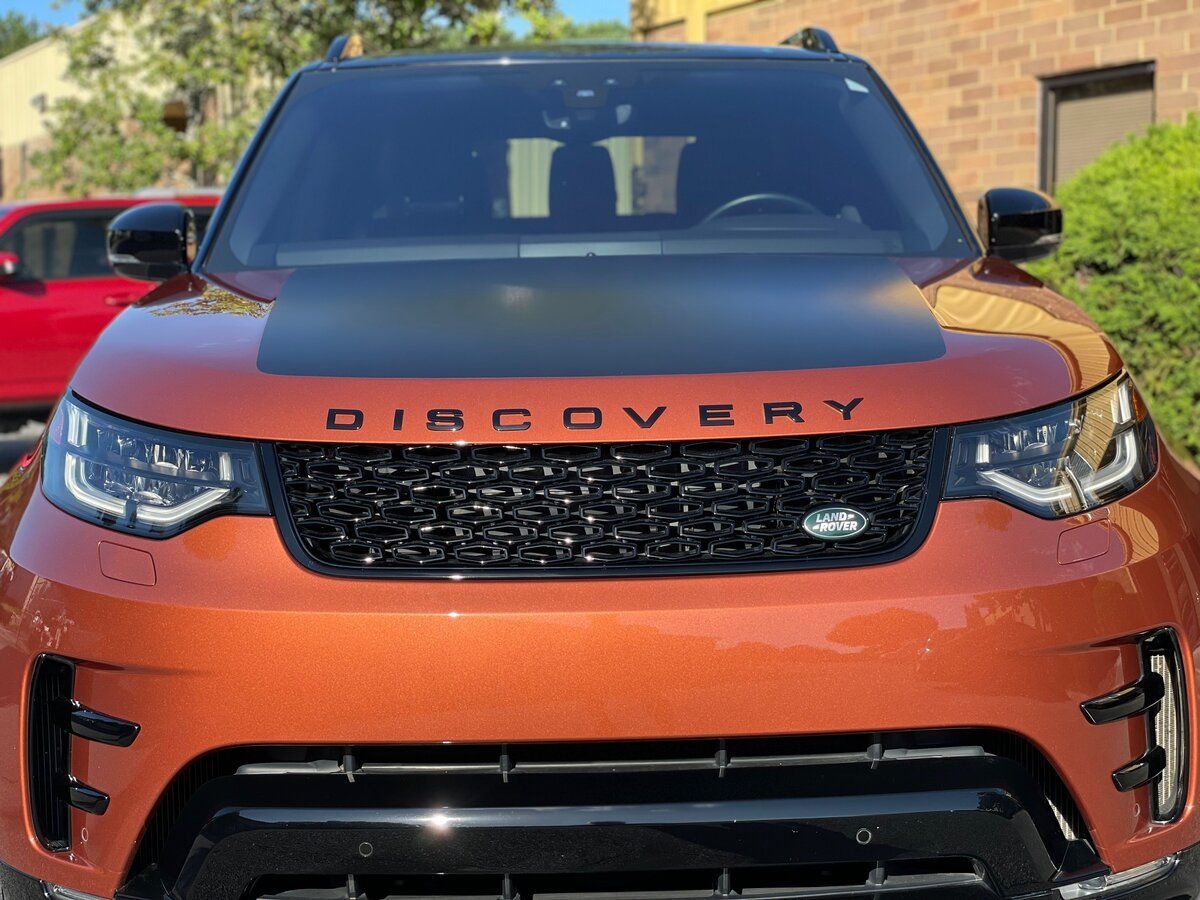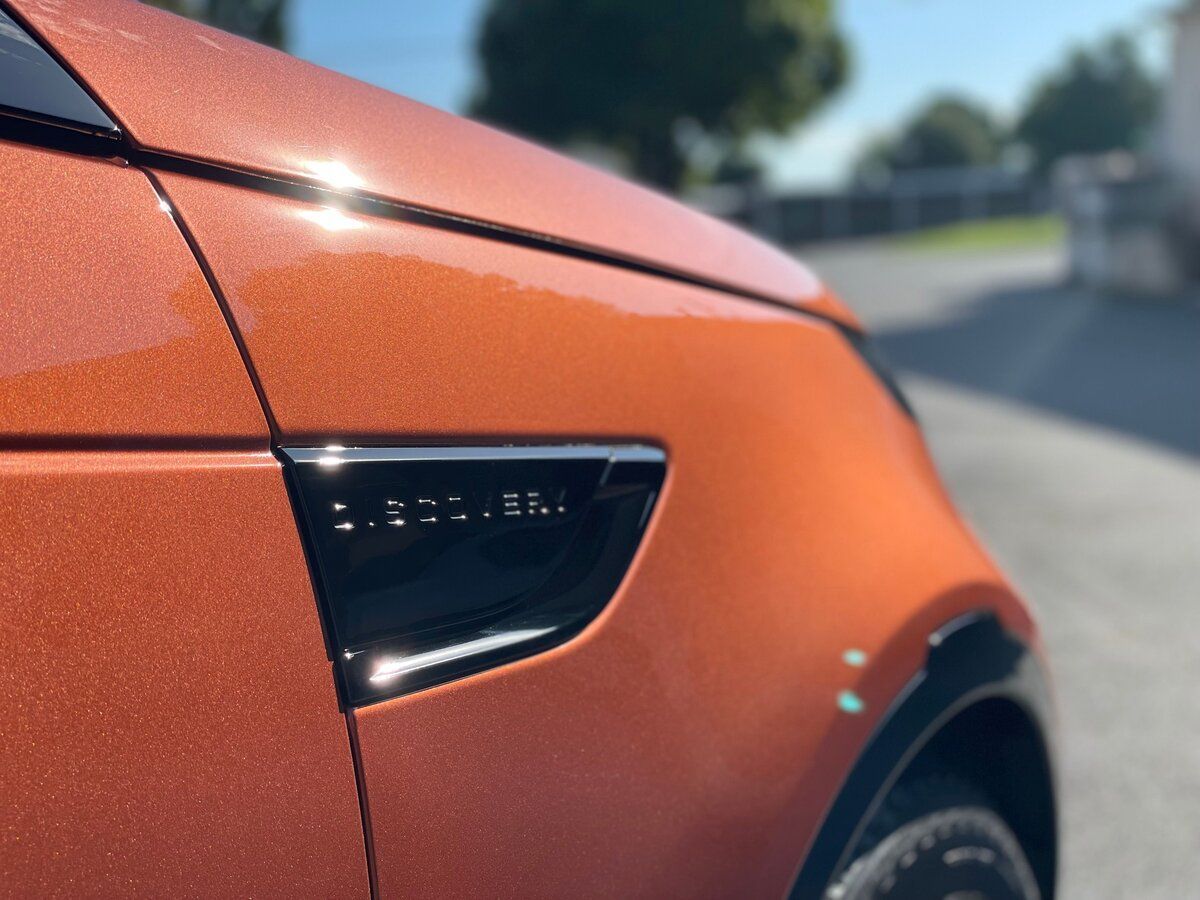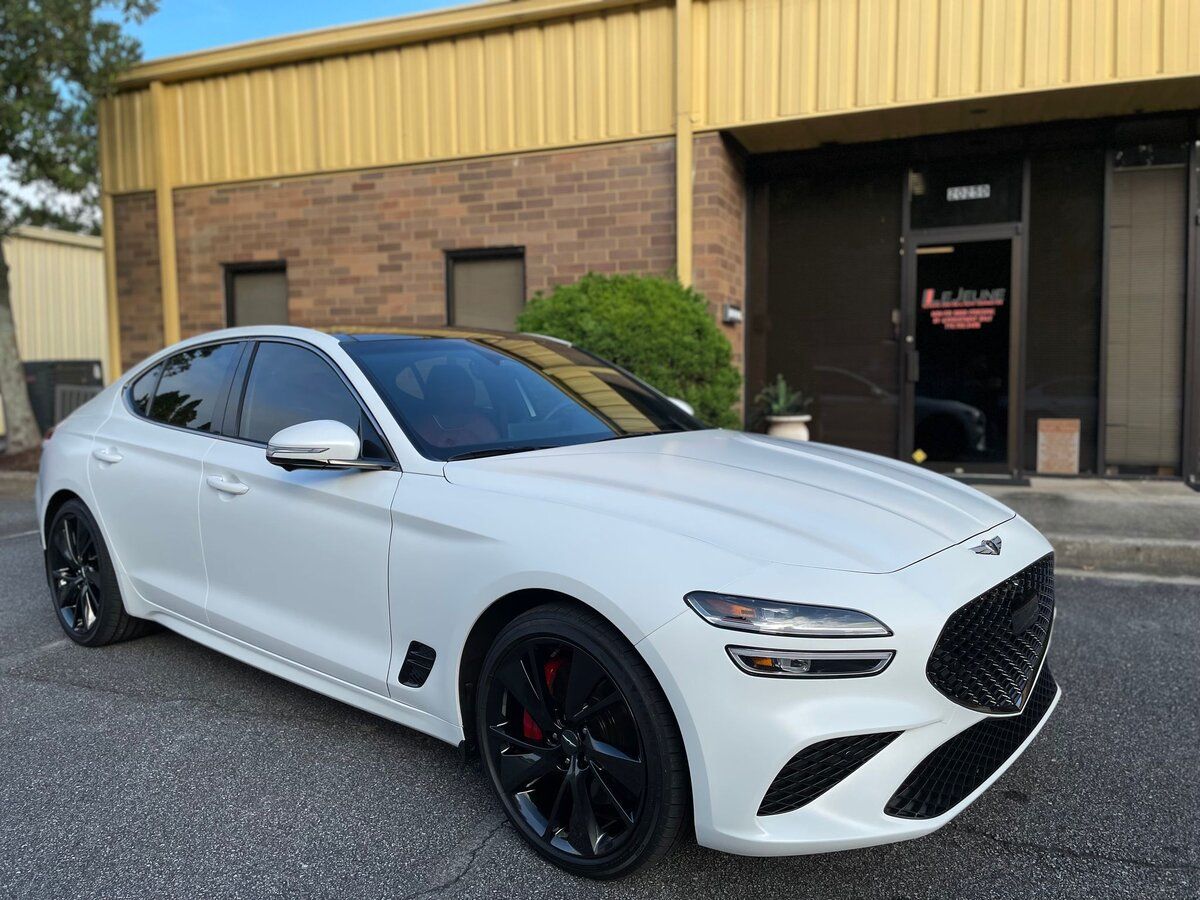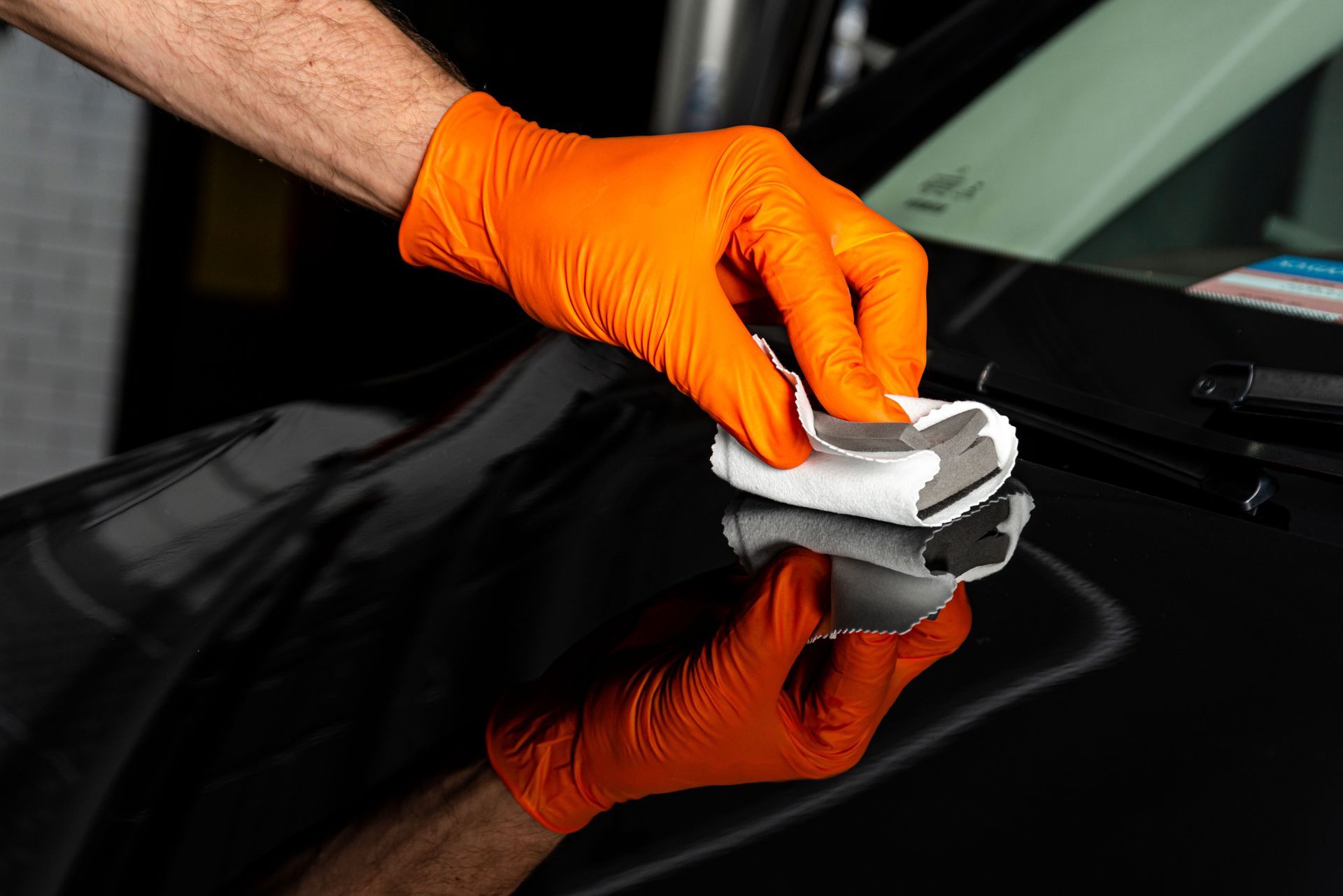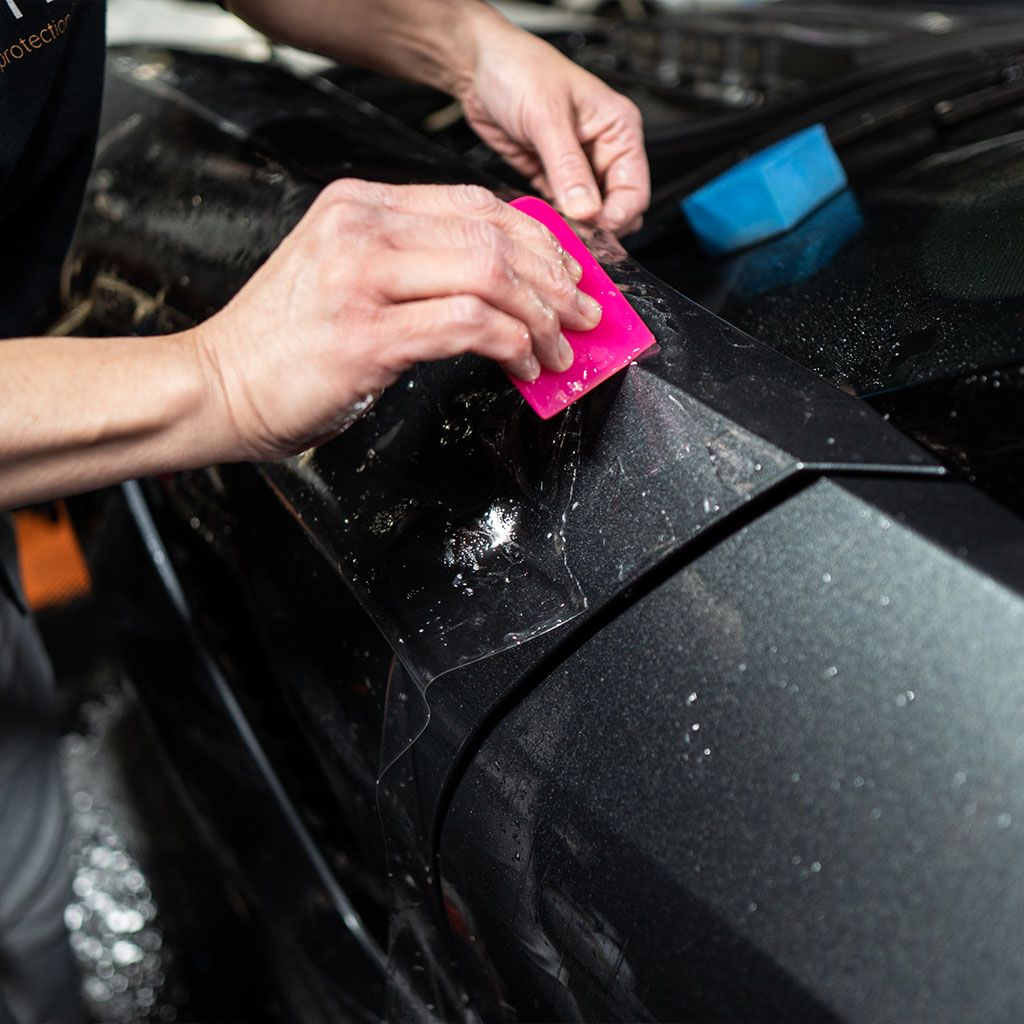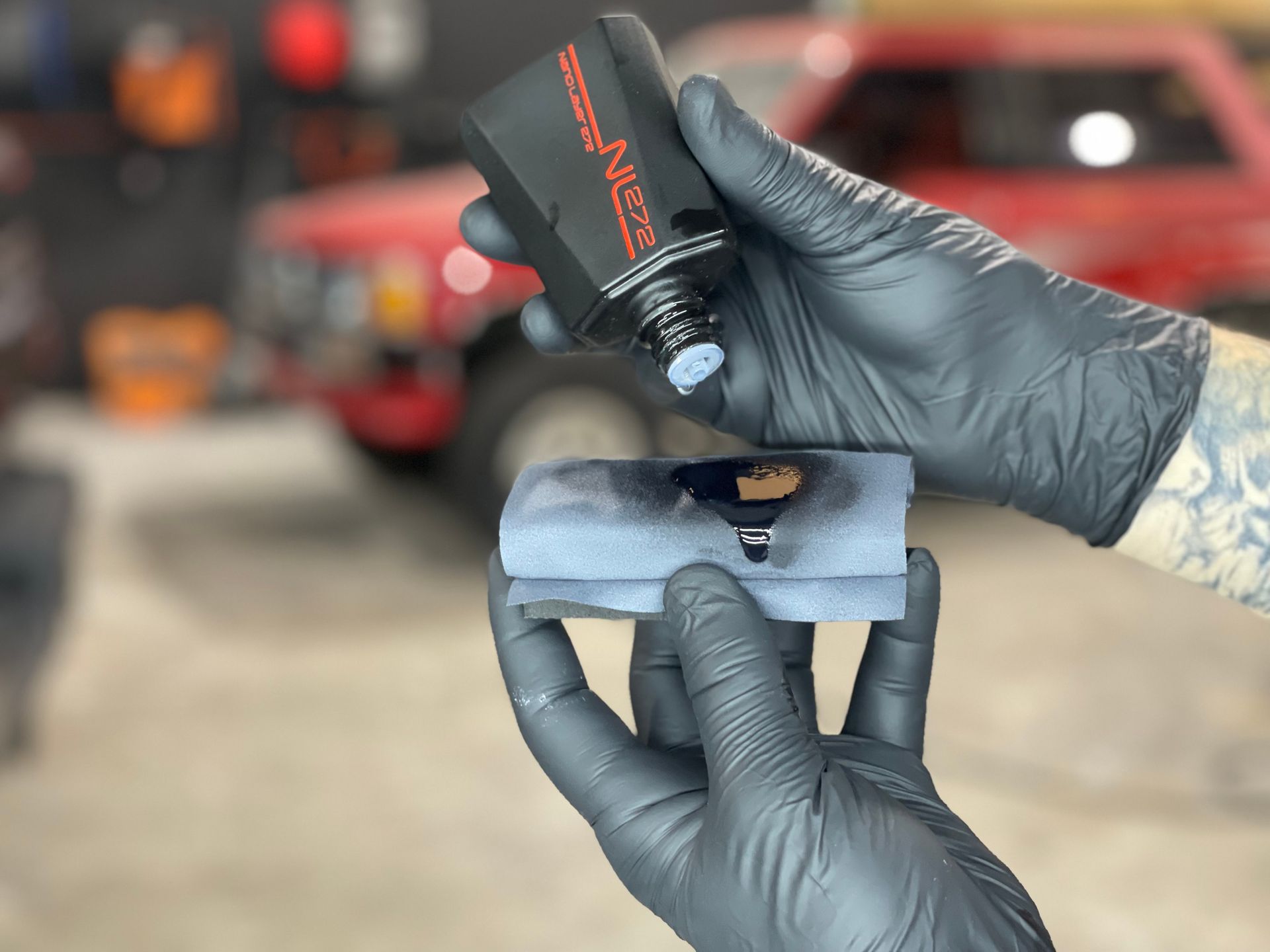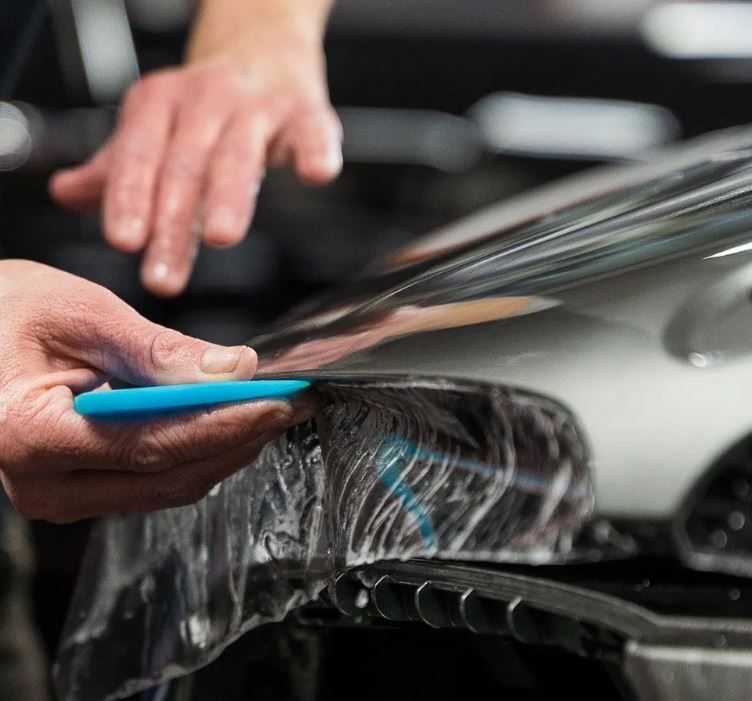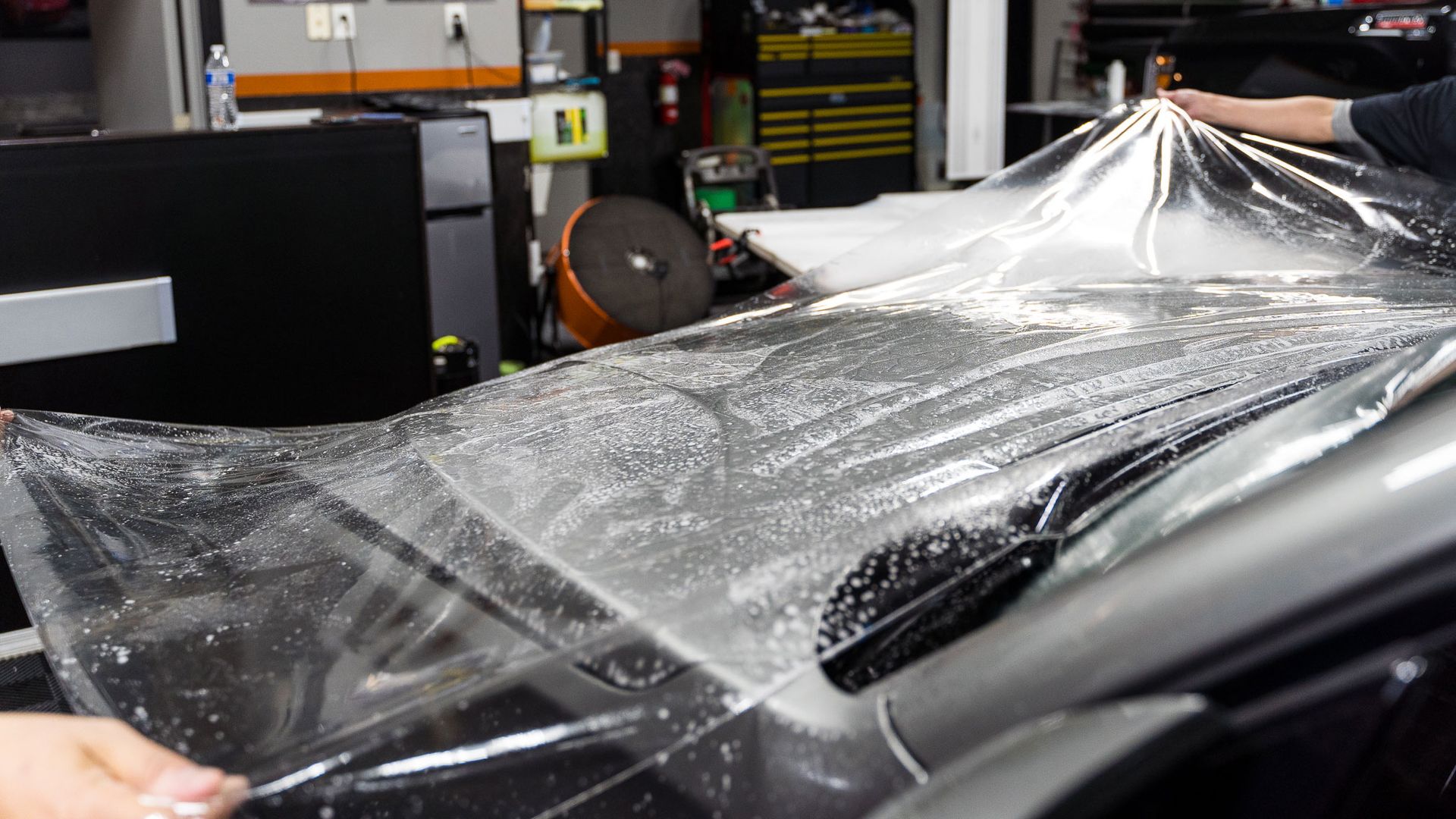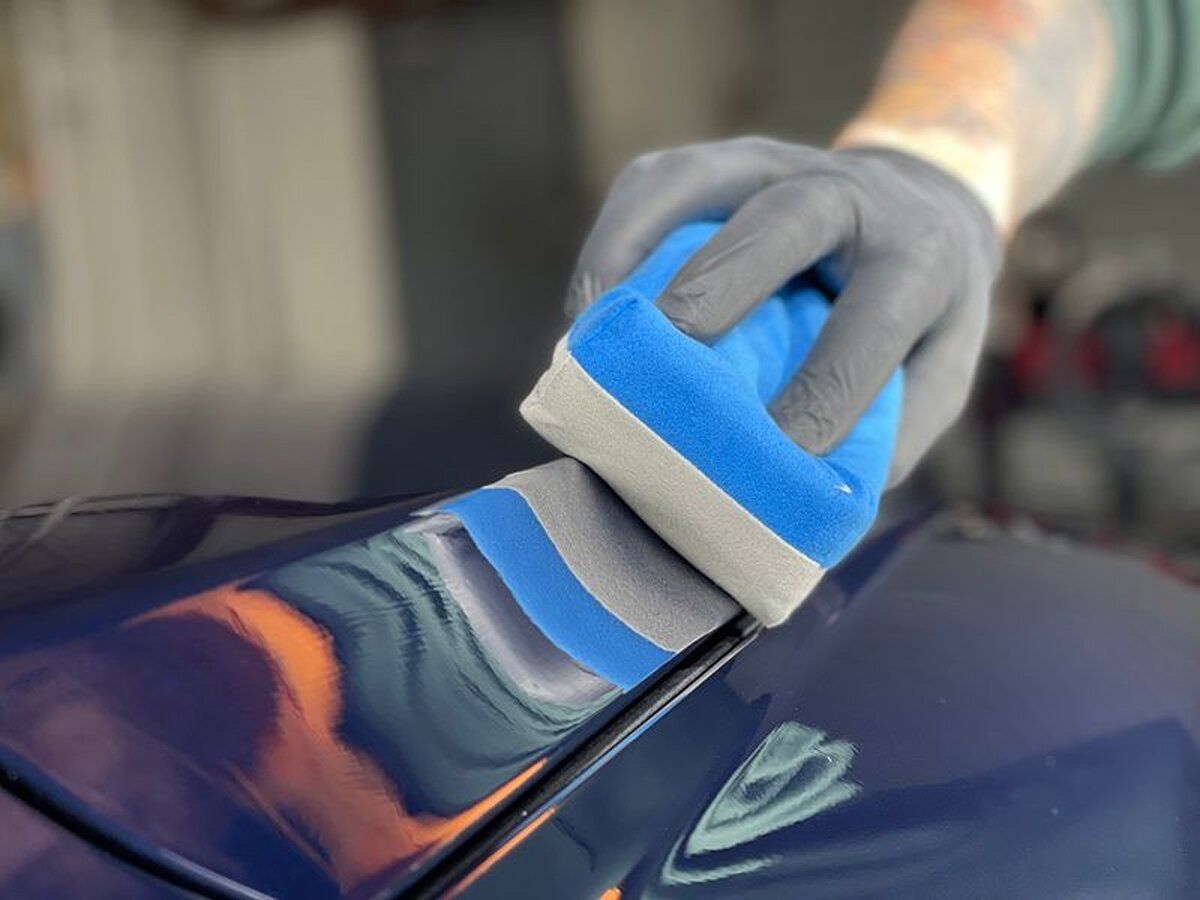Professional PPF Installers: Mastering Cutting Techniques for Quality Results
GET A QUOTECALL (770) 722-3486
When it comes to protecting your vehicle, installing Paint Protection Film (PPF) is like giving your car a shield against the elements. But not just anyone can do a great job—professional installers often make all the difference. They master specific cutting techniques that help ensure a perfect fit for the film, keeping your car looking brand new. With a keen understanding of various vehicle shapes, along with specialized tools at their fingertips, these experts turn a complex process into an art form. But what goes into mastering these skills? Let’s dive into how professional PPF installers elevate their craft through precision and technique.
Professional PPF installers typically utilize precise cutting techniques to ensure a flawless application without damaging the vehicle's paint. They often recommend repositioning the film rather than cutting it directly on the car and may employ tools for accurate trimming, ensuring clean edges while maintaining the integrity of the underlying paint.
The Expertise of Professional PPF Installers
At the heart of every successful PPF installation is a profound knowledge base that spans different vehicle models and their unique characteristics. Skilled installers know that a one-size-fits-all approach simply doesn’t work in the world of automotive detailing.
- In-depth Knowledge: Beyond understanding specific models, professional installers stay updated on new trends and advancements in car design. This commitment to continual learning helps them anticipate challenges before they arise. For example, they can quickly identify what tweaks are necessary when faced with complex curves or edges that a less experienced installer might struggle with. Such expertise translates not merely into better installations but also into increased customer satisfaction, as the end result reflects professionalism and care.
- Technical Skill: Moreover, professional PPF installers are proficient with specialized tools like high-quality heat guns that enable them to shape the film precisely to the vehicle's contours. The art lies in knowing how much heat to apply and where, as this can determine whether the film conforms well and retains its integrity over time.
As we move forward, it's crucial to explore how these foundational skills directly contribute to achieving precision in cutting techniques essential for flawless PPF applications.
Techniques for Precision Cutting
Precise cutting goes beyond just making clean edges; it's about ensuring the film fits flawlessly on every contour of the vehicle. Each little curve and indentation offers its own challenge, so using the right techniques is crucial to avoid unnecessary overlaps or visible seams that can detract from a car's aesthetic appeal.
Using Software and Plotters
In today's world, many professionals have turned to technology for assistance. Advanced software coupled with plotter machines has changed the landscape of PPF installation. These tools allow installers to upload the exact dimensions of a car into the software, which then generates a precise pattern for the film. The plotter cuts the film according to these specifications, significantly reducing the margin of error and leaving less room for mistakes—ensuring that every curve is covered seamlessly. Imagine having your car’s unique contours perfectly mapped out before even applying the film. That's the magic of technology in this field.
Hand-Cutting Techniques
However, despite advancements in technology, there are times when hand-cutting is necessary. Adjustments may be required after an initial machine cut, or you might encounter complex shapes demanding a personal touch. In such instances, using tools like an X-Acto blade becomes essential. This sharp cutting tool can help achieve polished edges.
An X-Acto blade is not your average cutting tool; it's specifically designed for precision work. It features sharp, interchangeable blades that allow for fine-tuned cuts.
- Always use a fresh blade to keep your cuts smooth and avoid jagged edges.
- Apply moderate pressure to prevent cutting too deeply into the film or damaging what lies beneath.
- Utilize masking tape as a guide for straight lines; it keeps your hands steady and adds an extra layer of accuracy.
Keen precision cutting lays the foundation for flawless PPF application; however, mastering the follow-up procedure ensures an immaculate finish that truly enhances the vehicle's appearance.
Seamless Application Methods
A seamless application of Paint Protection Film (PPF) is essential, as it ensures that the film adheres uniformly to the vehicle’s surface without disruptions. One effective method for achieving this involves what we call tack-free installation. This technique allows you to position the film without the adhesive making immediate contact with the surface. You want flexibility here, enabling you to adjust and perfect the placement before committing to its final position.
- Tack-Free Installation: So how does this work? During tack-free installation, you utilize a slip solution, which is essentially a blend of water and baby shampoo. This mixture serves as a lubricant, allowing the film to slide effortlessly across your vehicle's surface. It's important to spray this solution generously over the area where you're applying the film; this lubrication enables you to reposition the PPF easily, thus achieving precision before you press down for adhesion. Remember, using enough slip solution is key for a smooth and bubble-free installation process; too little could make alignment challenging, but too much might complicate drying later on.
- Squeegee Techniques: After positioning your film, it's time for some serious work with a squeegee—a vital tool for removing air bubbles and ensuring an even application. How well you wield this tool can determine whether your PPF will have a flawless look or be marred with unsightly imperfections.
Each squeegee type has its unique purpose. For larger surfaces, use a hard plastic squeegee for quick coverage. For intricate areas with curves or tighter spaces, silicone squeegees provide flexibility without damaging the film’s surface. Don't forget about felt-tipped squeegees when dealing with sensitive surfaces; they minimize scratching while effectively pushing out any residual air bubbles. Mastering these application methods not only elevates your skills but also significantly enhances the aesthetic value and durability of the installed PPF. This prepares us to explore essential materials that contribute to higher-quality results in your projects.
Choosing Quality Film Materials
The quality of the paint protection film (PPF) you choose plays a crucial role in ensuring that your investment pays off. Opting for premium brands is undoubtedly a smart move because they are renowned not just for their durability but also for their outstanding performance. Reputable brands stand out in the field, providing films that balance toughness with clarity. The adhesive properties found in these high-quality films greatly diminish the chances of peeling, making them a reliable choice for any car owner looking to preserve their vehicle’s exterior.
Premium Brands
Selecting well-regarded brands ensures that you receive a product backed by years of research and development. These companies have invested time into perfecting their formulations, resulting in films that not only look good but also withstand the test of time. When researching your options, it’s essential to read user reviews and professional assessments to understand how these films perform under different conditions. A little insight from fellow users can go a long way when making your decision.
Thickness and Clarity
In addition to brand recognition, thickness is an essential factor to consider when choosing PPF. Films around 8 mils thick provide robust protection from road debris, scratching, and minor impacts, but they can also present challenges during application. It's a balancing act; while thicker films offer superior defense, they may require more skill to apply correctly. On the other hand, opting for thinner films might simplify installation but could compromise on protection.
Understanding the nuances of material selection brings us one step closer to mastering the craft; now it's vital to explore effective strategies and techniques that facilitate skill growth and professional advancement in this field.
Training Methods and Skill Development
Professional training equips installers with essential skills and knowledge that dramatically bolster their competence in the field. One of the most effective ways to gain expertise is through certification programs. These programs are often sponsored by recognized PPF manufacturers, providing certified education on the latest cutting and application techniques available. Enrolling in such programs sets a standard for quality and enhances credibility in a competitive market. Transitioning from theory to practice, hands-on workshops are another pivotal element in skill development for PPF installers.
Hands-On Workshops
These workshops offer invaluable real-world experience, allowing participants to tackle common installation challenges while receiving direct feedback from experienced trainers. Implementing techniques learned in certification programs, installers solidify their knowledge through repetitive practice under controlled conditions.
Moreover, these workshops foster teamwork and communication skills among participants, emphasizing collaboration as they navigate installation hurdles together. Yet, it’s not just about mastering the art of applying film; it’s also about cultivating problem-solving abilities that arise from facing real scenarios encountered on the job. Each challenge becomes an opportunity for growth—shaping a more capable and resourceful installer ready for any project.
Mastery in installation leads to better overall service delivery, ultimately guaranteeing clients receive top-quality results when selecting professional installers. Continuous engagement in training programs ensures that installers stay updated with industry trends while honing their craft, making them valuable assets in the automotive aftermarket sector.
Benefits of Professional Installation
When it comes to safeguarding your vehicle’s exterior, the choice between DIY and professional installation of PPF can make a significant difference. One of the foremost benefits is warranty and support. Reputable service providers stand by their work, typically offering warranties that cover potential defects or issues with the film itself. For instance, reputable brands provide an impressive 10-year warranty on their PPF, but this coverage only applies if the film is installed by a certified professional. This peace of mind is invaluable, especially considering the investment in your vehicle's appearance and protection.
Beyond guarantees, there’s also the aspect of optimal protection that comes with professional installation. Studies indicate that those who opt for trained installers reduce the likelihood of damage by an impressive 50% compared to DIY installations. Why such a drastic difference? Professionals use industry-leading techniques that ensure even coverage across all high-impact areas like the front bumper and hood. They navigate the contours of your vehicle flawlessly, effectively reducing vulnerabilities where paint chips or scratches tend to occur most frequently. When considering installation techniques, professionals achieve more accurate cutting techniques that minimize waste and enhance overall material usage. This precision significantly contributes to the longevity and effectiveness of PPF.
Therefore, investing in professional installation doesn't merely enhance aesthetic appeal; it actively preserves your car’s value over time through effective protection and unparalleled craftsmanship. Concluding this journey into the world of professional PPF installation showcases how expertise not only enhances your vehicle's appearance but also secures its future. By choosing trained professionals, you're ensuring lasting beauty and protection that is second to none.
Marietta’s Trusted PPF Specialists
Road hazards, rock chips, and scratches don’t stand a chance against LeJeune Ceramic Coating & Paint Protection’s premium paint protection film services in Marietta, GA. Our expertly installed PPF acts as an invisible shield, preserving your vehicle’s flawless finish while making cleaning easier than ever. With superior durability and self-healing properties, this advanced protection keeps your paint looking pristine for years. Don’t let daily wear take its toll—contact LeJeune today for top-tier PPF installation tailored to your vehicle’s needs!
